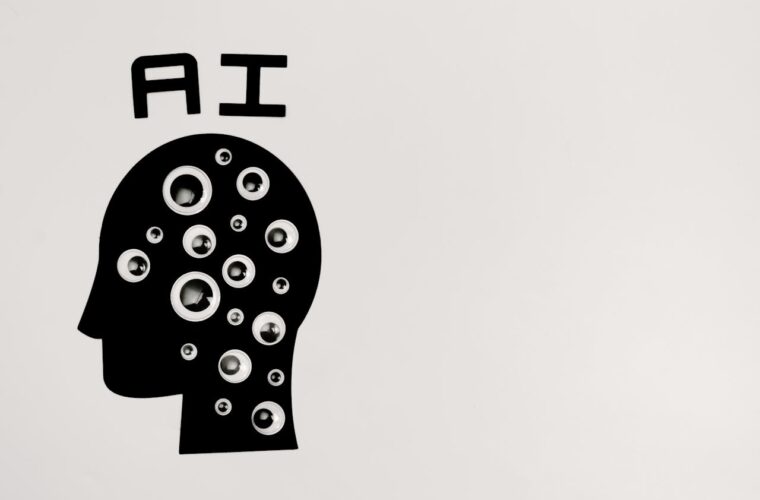Despite its near mystical abilities, Artificial intelligence (AI) is a technology grounded in one core tenet: feed the beast. Machine learning and deep learning algorithms are gluttons for data. And the more intelligent they need to be, the greater their appetite.
AI companies working in computer vision create a high demand for images. This sometimes means that the right sort of data is in short supply. The remedy to this scarcity problem, according to Vypno’s Maximilian Jakasovic — is actually quite simple.
Invent more data.
Short supply
“Normally, you need a lot of data to train algorithms, especially for machine learning,” explains Maxi, who is a trained computer scientist. Otherwise, the algorithm will encounter too many things that it has not seen before.
For an algorithm to be considered reliable it needs vast quantities of data to be sourced and processed by its human handlers. This is costly and time-consuming.
One hurdle is that the events you want to train an AI to recognise might only occur very occasionally in reality. So, data might be hard to come by.
While disaster scenarios are rare, those working on an intelligent early-warning system, for instance, must ensure that it works. And they do this through training on data from similar real-world scenarios — therein lies the problem.
Synthetic data
Germany’s Vypno was born in the field of computer graphics for virtual reality. But, after a fateful project, the company’s four founders brought their attention to the idea of synthetic data.
Data generated by artificial intelligence.
“We needed data, but didn’t have the resources, so we produced our own high-quality input data for training artificial systems,” CEO and co-founder Maxi explains.
All alumni of Technical University Munich, the Vypno founders started experimenting with satellite images — among other things — using Copernicus data to validate their results.
“What we produced, for example, was satellite data out of maps. You can create fake cities, you can create fake forestry, and so on,” Maxi says.
These faux-satellite images can then be used to train deep learning systems.
The labelling problem
Ordinarily, input data — the foodstuff of machines — must be meticulously labelled.
“For machine learning you have the problem that you first have to mark [in an image] for the algorithm, ‘this is a tree, this is a car, this is a house,’” Maxi explains. Evidently, this is a lot of work.
In certain sectors the labelling problem is even more acute. Aerial viewing of an industrial site might require an expert just to recognise what equipment is being seen in the images.
“[But] if you generate it synthetically you know already — you have the ground truth and generate how it would look for the satellite,” Maxi explains.
On top of that, synthetic data can be generated quickly and repeatedly, in seconds and with specific parameters in mind, producing troves of data with randomised variations.
If you know that there will be a lot of buildings built somewhere or that there will be huge changes in an area, Maxi says, this can be input as a parameter. The algorithm will then generate an image incorporating these features.


Effectively, “you can already project the future,” Maxi says.
The result is a wealth of virtual training for AI, through images created by an algorithm. The work of procuring the data, and of identifying and labelling what is in the images, is almost eradicated.
There are many other use cases for synthetic data. It can even be used to generate new product ideas or for assistance with artistic creation, Maxi says — “it’s not only images.”

Future prospects
Founded in 2018, Vypno is still in an early stage. The company has a number of early adopters, larger companies in the agriculture and energy spaces, and aims to offer its technology as a software-as-a-service product in the future. The plan is to make the technology accessible for smaller companies as it matures.
“At the moment we are aiming for bigger projects with bigger companies to test and evaluate our technology,” Maxi explains.

The next milestone for the company will be a round of seed investment. Before this — in the coming weeks, Maxi explains — Vypno is releasing a “small showcase”. While being coy about the details, Maxi says that it will be a pioneering creative tool using generated data for mobile devices.
Vypno has worked with the Copernicus Business Incubation Programme and the European Space Agency. The company is based at Gate, the high-tech business incubator near Munich.



